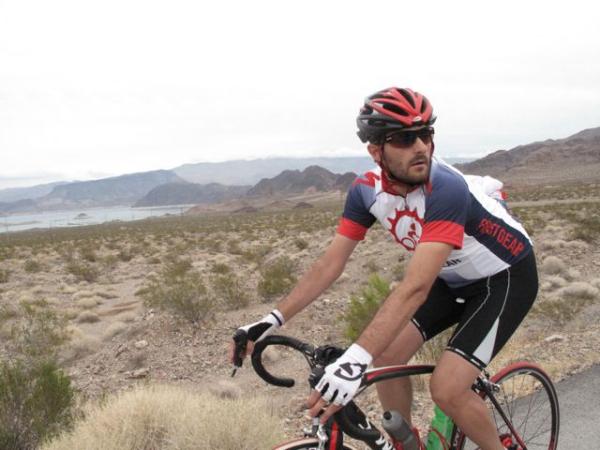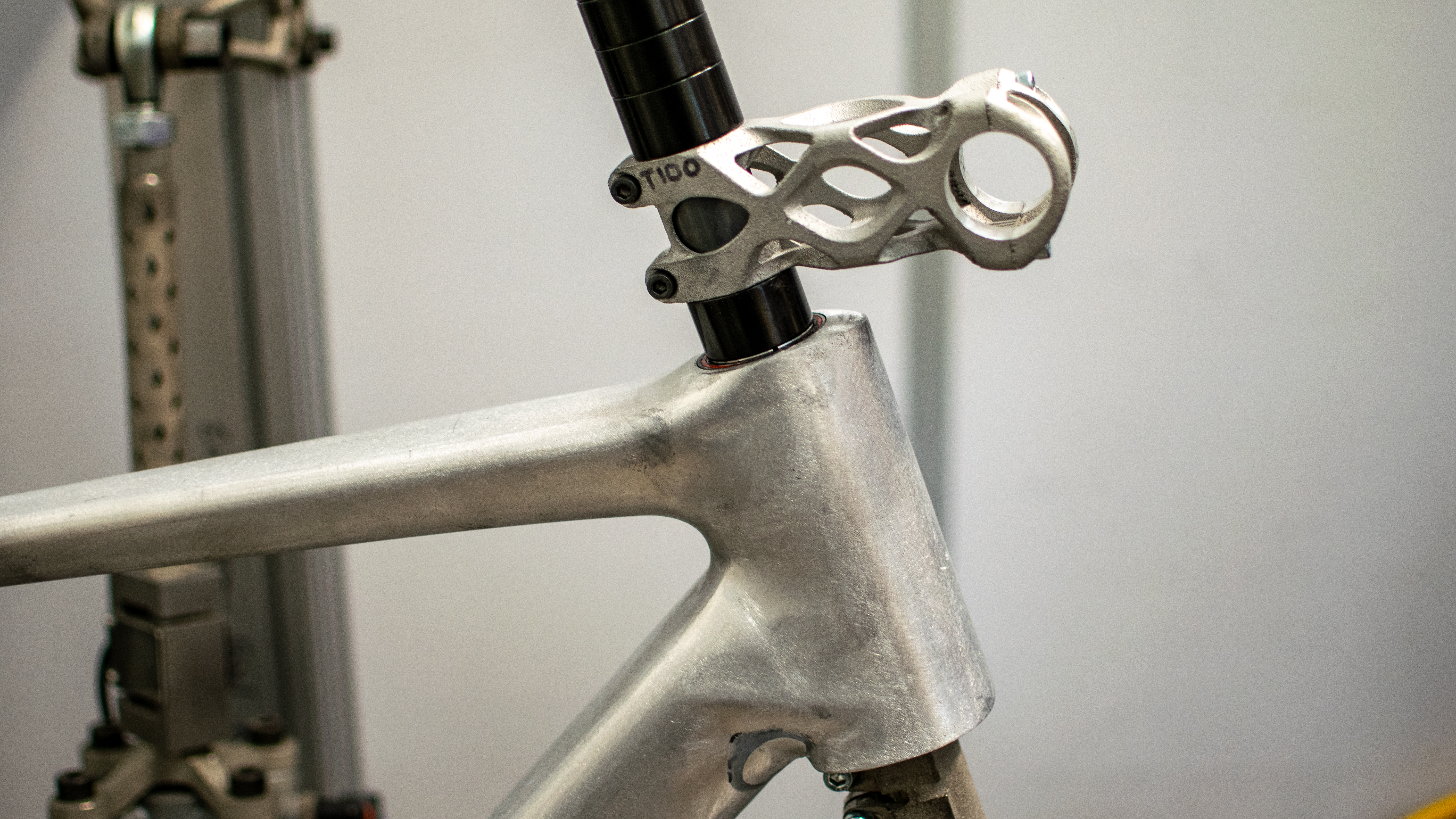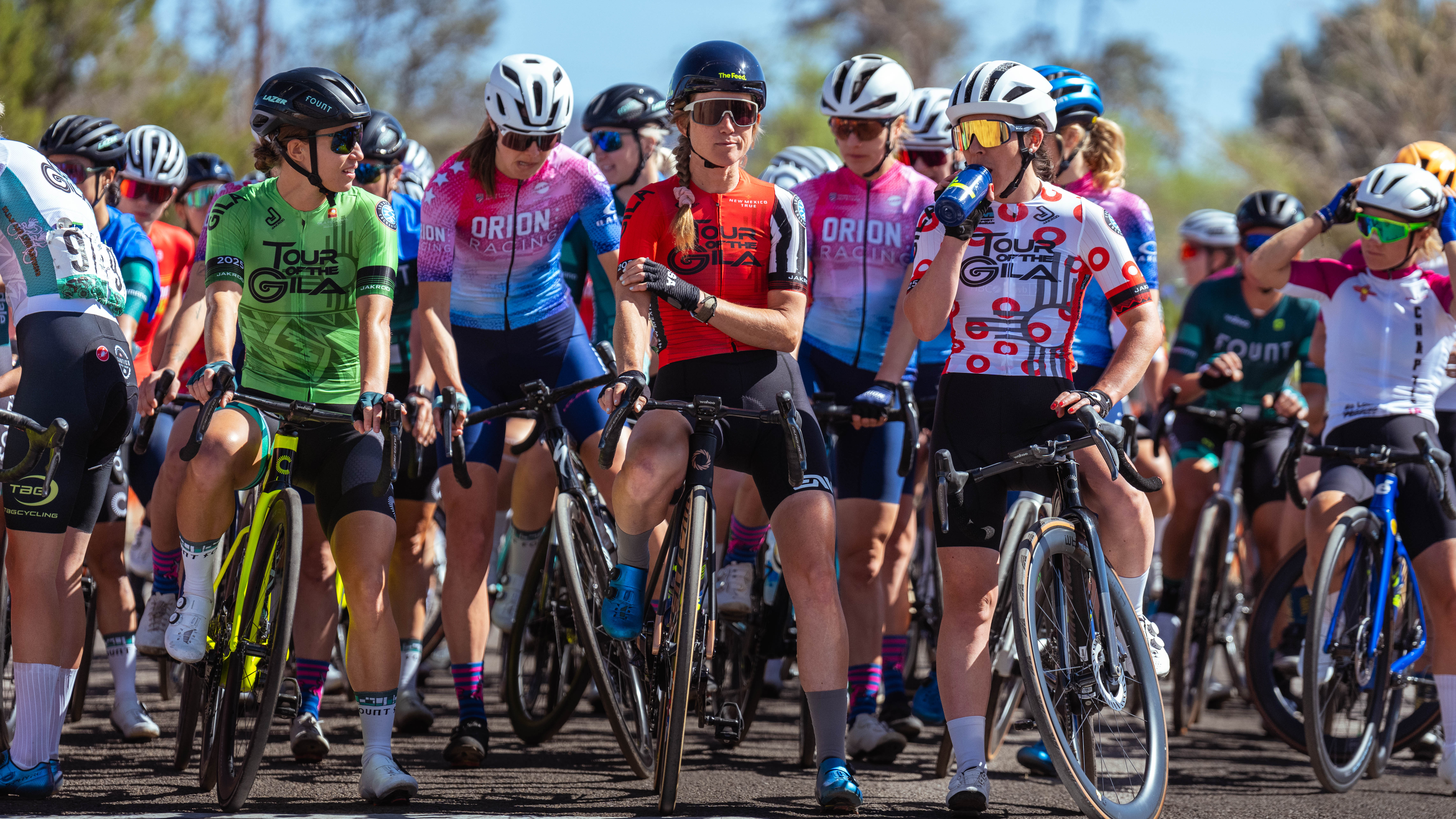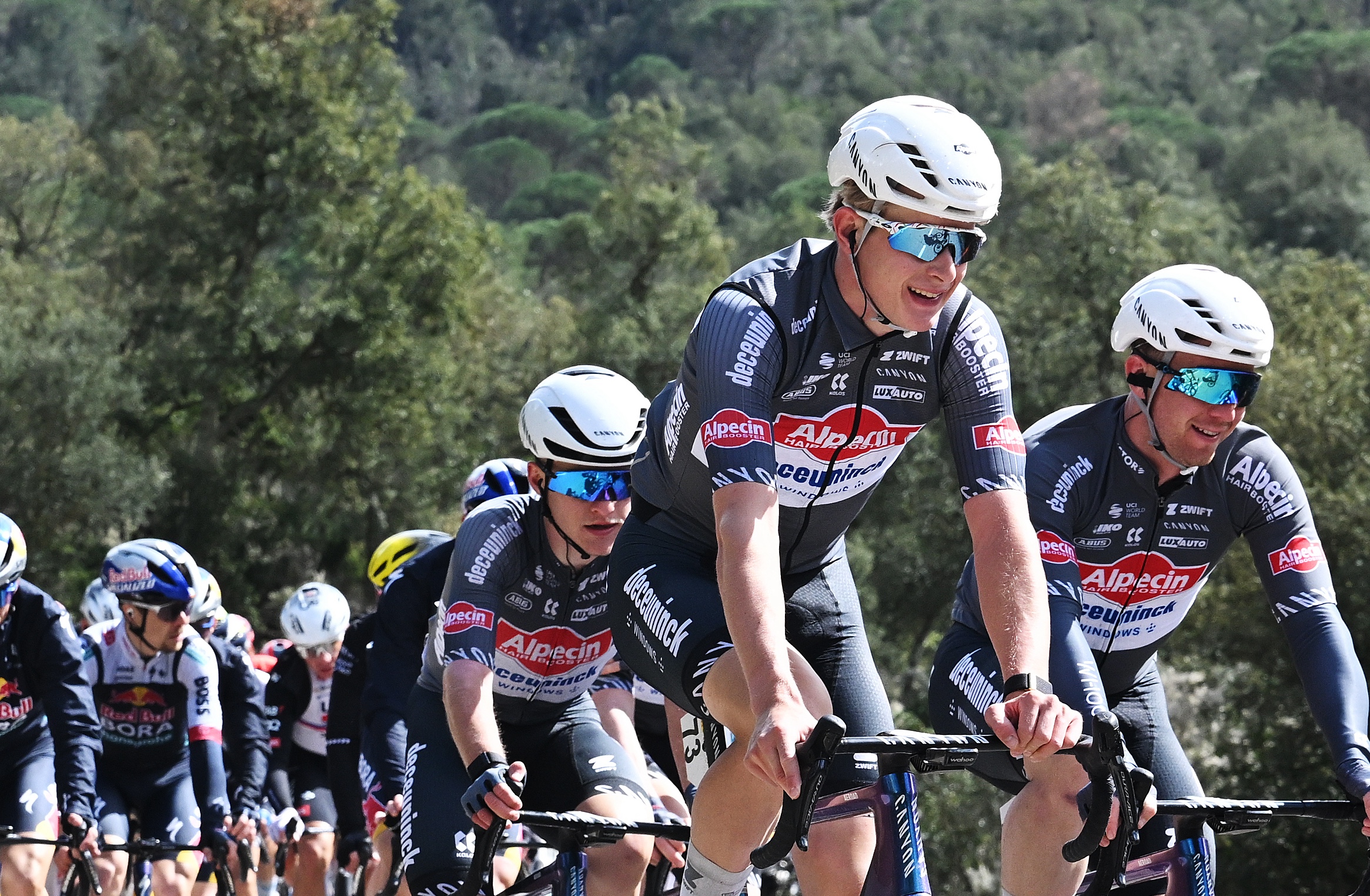Tour de France 2018: The essential race preview
Our countdown to the Grand Depart starts with 10 days to go
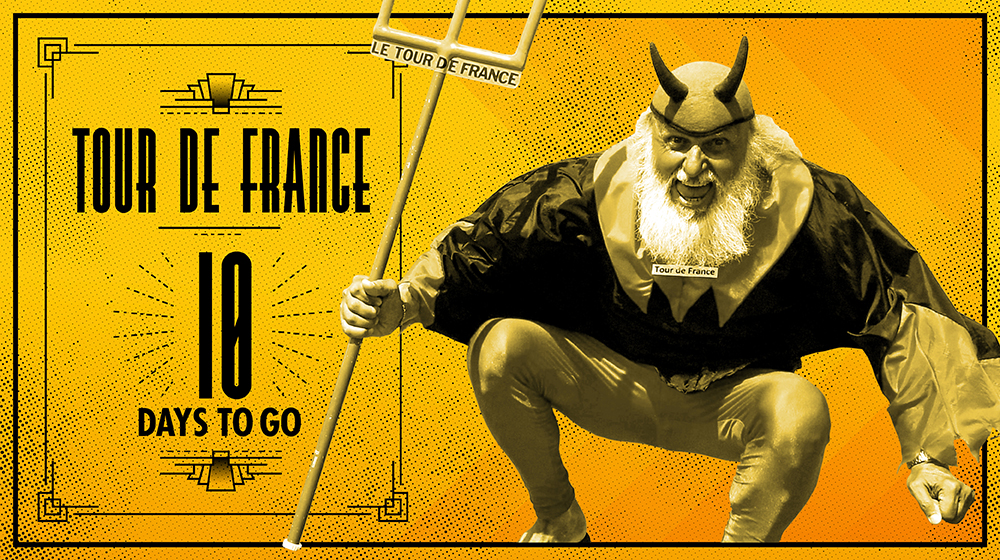
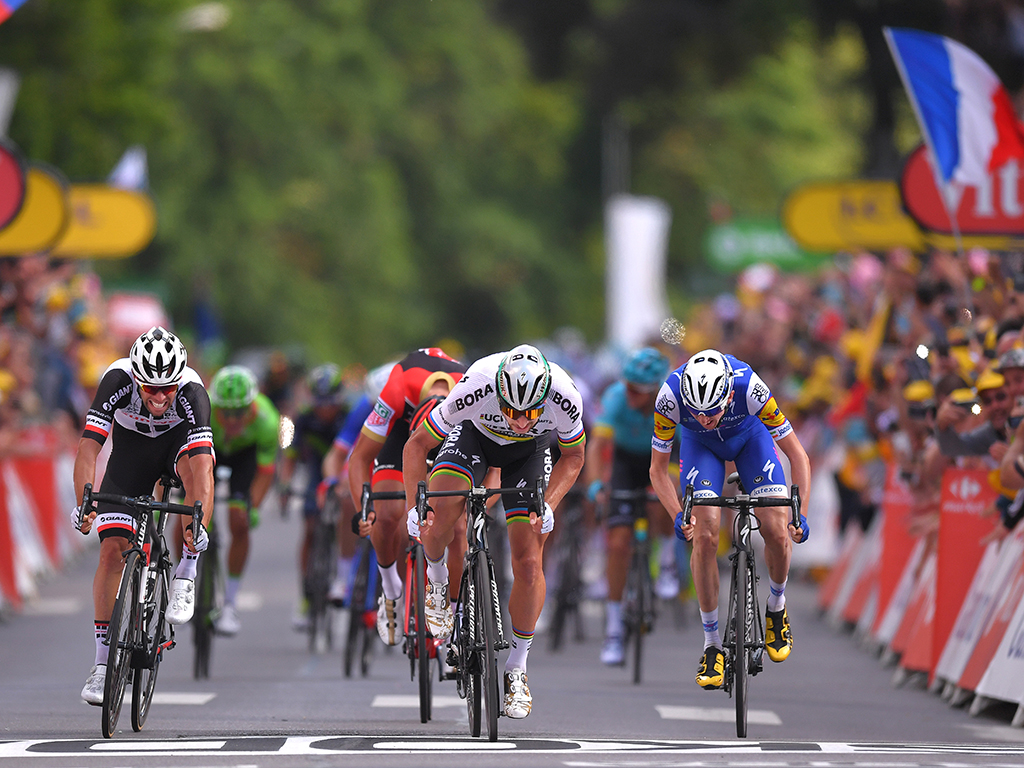
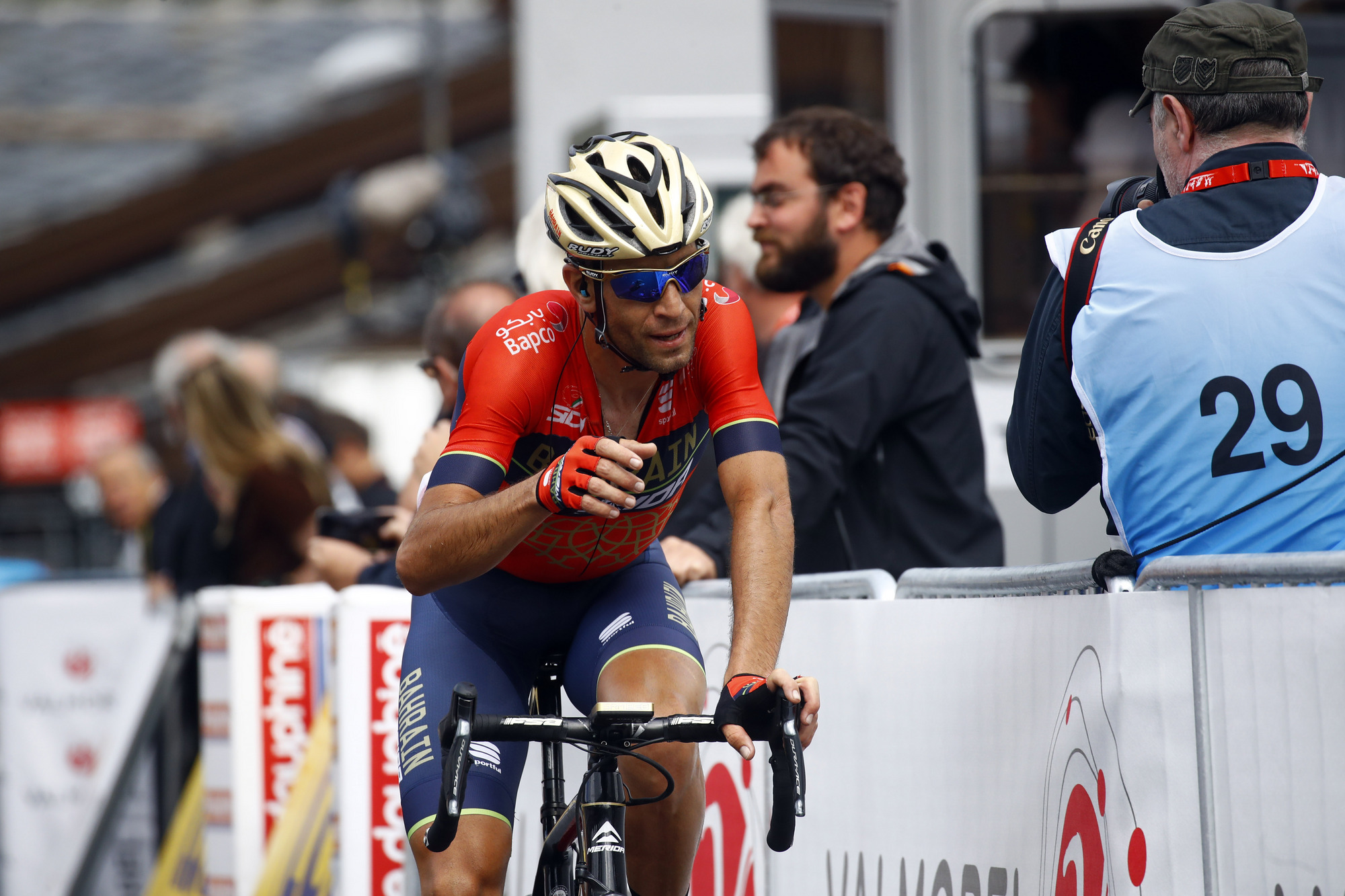
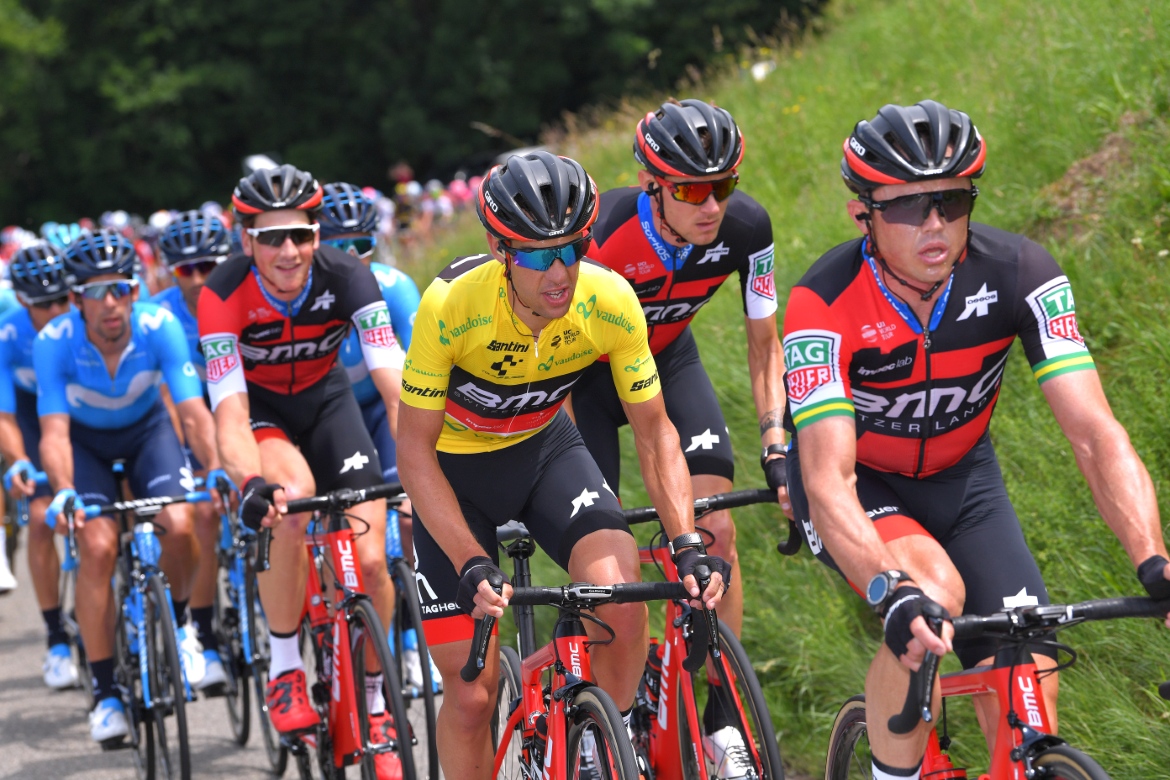
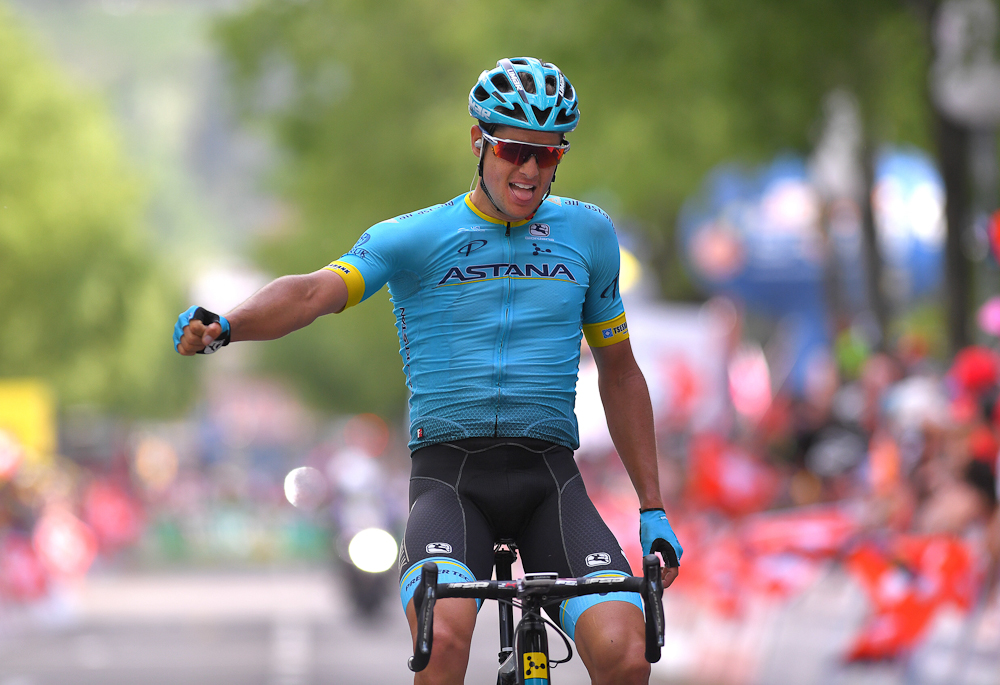
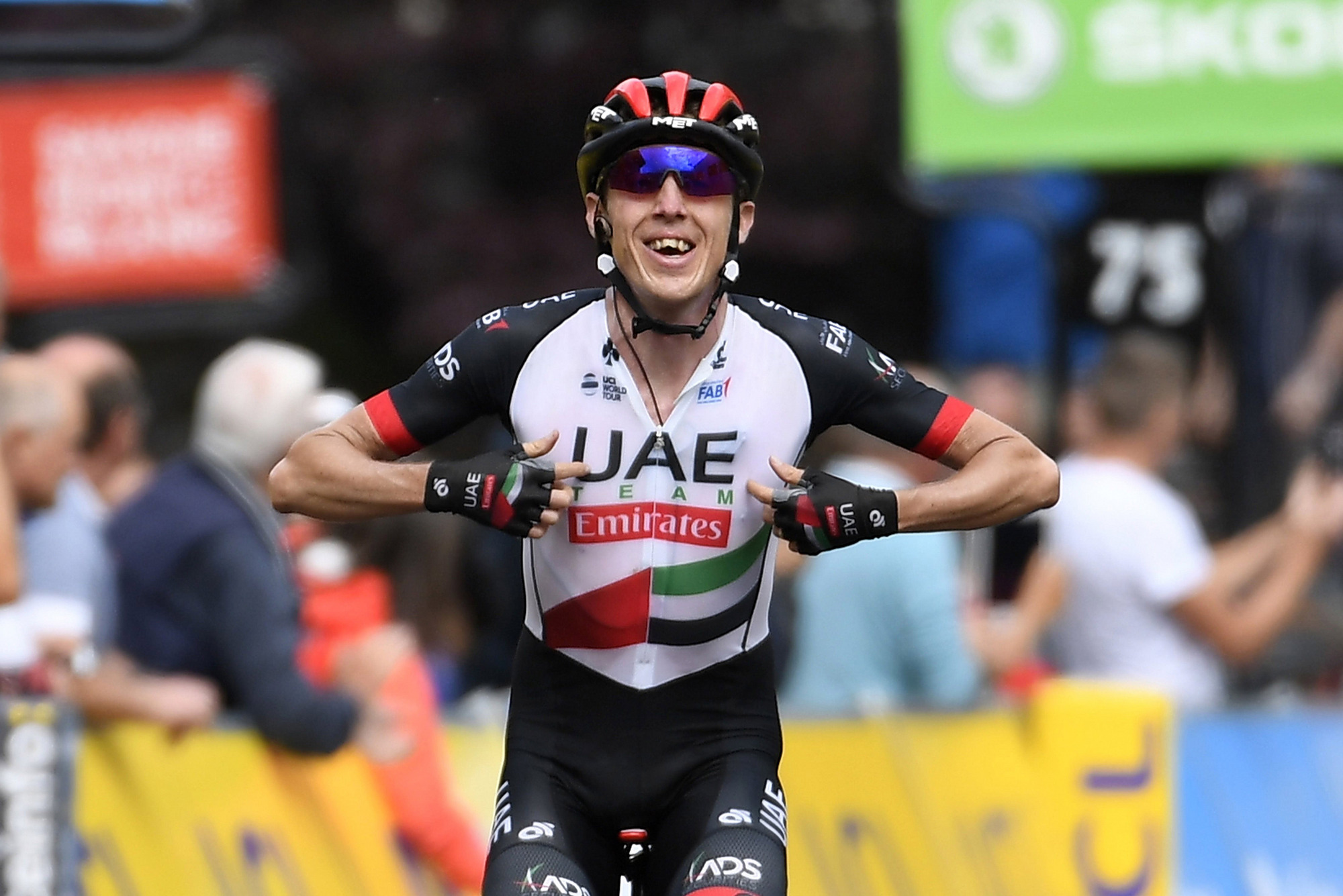
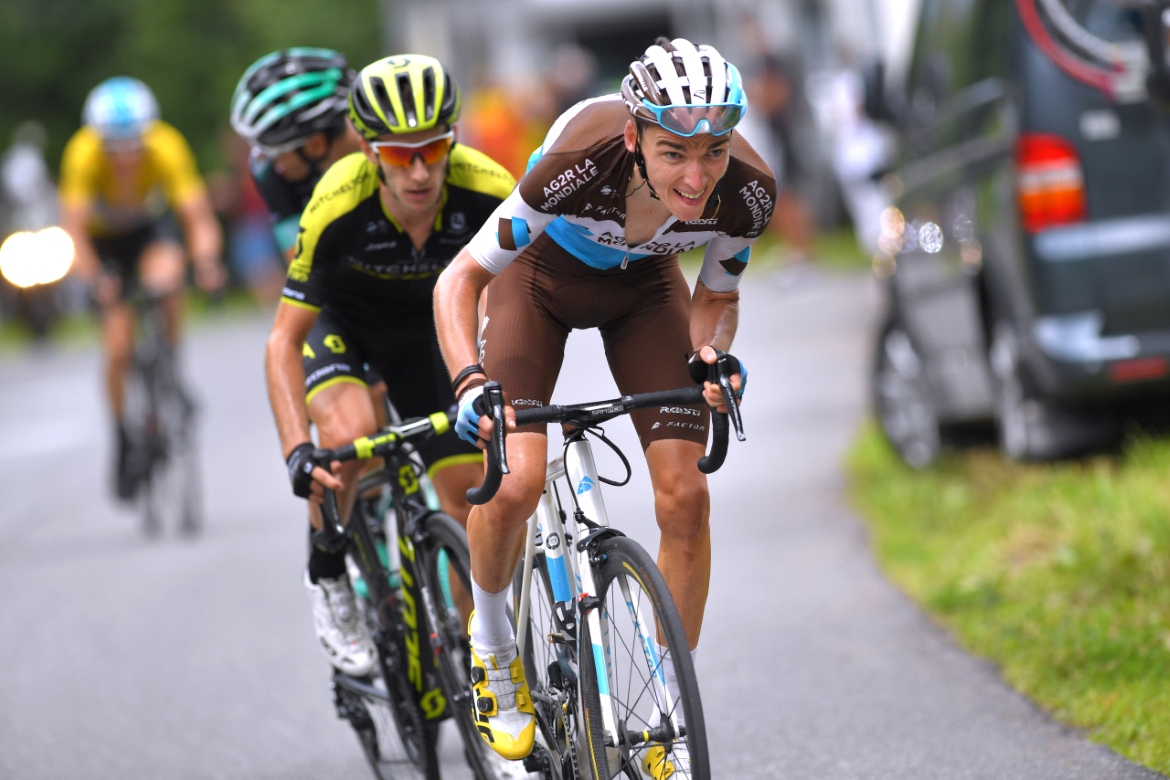
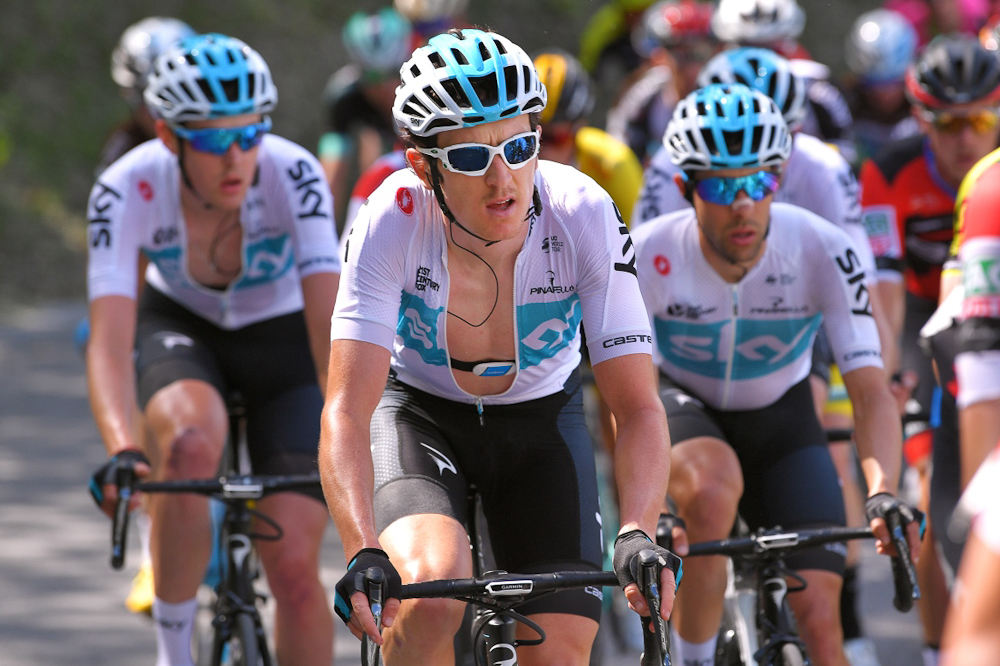
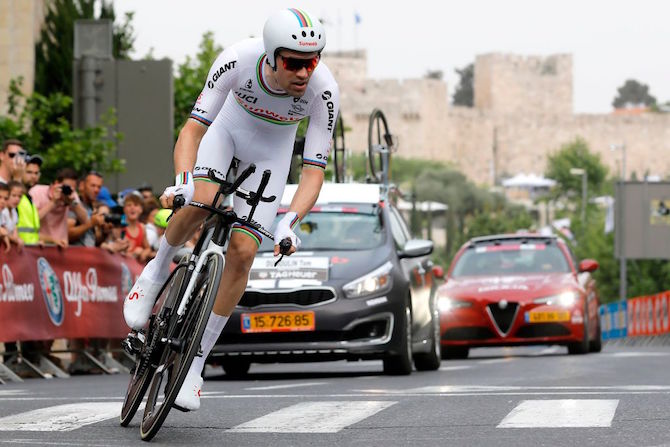
The start of the 2018 Tour de France is just days away, and this essential guide and race preview marks the start of the Cyclingnews countdown to the start of La Grande Boucle.
2018 Tour de France stage-by-stage guide
Tour de France contenders firing on all cylinders
Tour de France 2018 start list
Tour de France route preview – Podcast
Kittel and Zakarin lead Katusha-Alpecin at Tour de France
BMC Racing back Richie Porte in pursuit of Tour de France podium
Bahrain-Merida opt for balanced team to support Nibali's Tour de France bid
Broadly speaking, this is a Tour de France of two contrasting halves, with a decisive opening week littered with pitfalls that then takes on repeated mountain ranges in the second half.
A closer inspection reveals one of the most testing Tour de France routes in living memory. There are stages for the sprinters but they often come at a price with the opening stages, for example, run off against a backdrop of coastal winds and tight roads. Even the so-called transitional stages that merge the Alps and the Pyrenees have the potential to define the race, while the team time trial on stage 3 and stage 20's individual time trial will be highly significant. Picking the most important stage in the race for yellow is a virtually impossible task in a race in which organisers ASO have looked to challenge both the riders and the status quo in every possible way.
The 2018 Tour de France starts in the western Vendée region with the race then heading north to Brittany before it heads east for the highly anticipated ninth stage on the cobbles to Roubaix. The race catches its breath on the first rest day before descending into the Alps and then across southern France to the Pyrenees for a series of mountain stages that dip through several ranges before an individual time trial and final celebratory stage through the streets of Paris where the 2018 Tour de France winner will be crowned.
As for the race contenders, this could be the closest, hardest fought Tour in years. Unless Bernard Hinault's one-man crusade to stop Chris Froome start succeeds, then the defending champion will line up as the rider to beat. One would typically assume that Froome would arrive at the Tour half-baked after a taxing Giro d'Italia but Froome's career pedigree has defied logic and reason since around 2011, and, with a capable team around him, he could find himself in yellow after the stage 3 team time trial.
Vincenzo Nibali (Bahrain-Merida), Movistar's trifecta of Nairo Quintana, Alejandro Valverde and Mikel Landa, Richie Porte (BMC Racing), Team Sunweb's Tom Dumoulin, and Romain Bardet (AG2R La Mondiale) all have legitimate claims for yellow but there is also a raft of stage racers from Daniel Martin to Jakob Fuglsang, Adam Yates to Rigoberto Uran and Ilnur Zakarin who could all lay claim to a podium spot.
Add to the mix the added time bonuses on offer, the grid start on stage 17, and the backdrop surrounding Froome's participation and this year's Tour plot seemingly has everything. Whatever happens, you will be entertained.
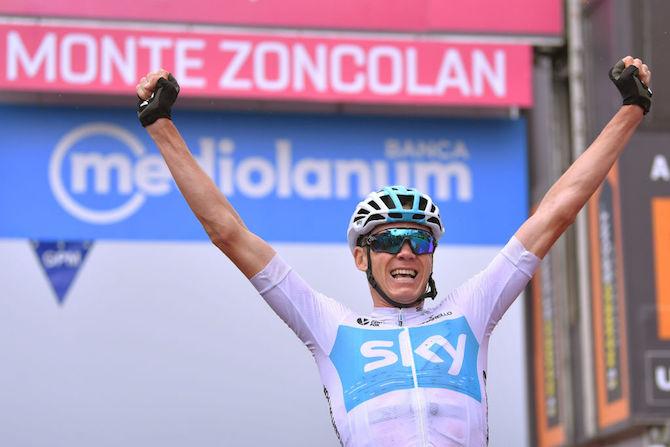
Route analysis
The Grand Départ takes place in the Vendée region for the first time since 2011, when Philippe Gilbert – then in the midst of an incredible run of form – claimed the opening stage and first yellow jersey at Mont des Alouettes. This year's race opens with a stage with the sprinters in mind, but with 110 out of 201km raced against Atlantic crosswinds, a number of scenarios are possible. Back in 2011, Alberto Contador crashed and lost significant time on the tight, twisting roads around these parts, and a similar fate involving one of this year's GC contenders isn't difficult to envisage. The winner of the opening stage will claim the first maillot jaune of the race, and it's the first test for the sprinters, who will be looking to gain early momentum.
Stage 2 from Mouilleron-Saint Germain to La Roche-Sur-Yon should also finish in a bunch sprint, although, once again, the final 50km are peppered with small roads. Concentration will be key because one mistake and a rider's Tour could be over already.
On stage 3 the sprinters take a backseat with the powerhouses of Team Sky, BMC Racing and Quick-Step set to battle it out for the win in the 35km team time trial around Cholet in a stage that Jean-François Quenet recently determined was 'the nightmare of the modern history of the Tour de France'. It's where Stefan Schumacher won a stage in 2008, and where Riccardo Ricco tested positive the same year. This year's stage route is testing in a different sense, with rolling terrain the paramount feature. Time gaps could range from seconds to minutes with the first real GC shake-up taking place.
Stage 4 will see the sprinters once again vie for victory, but stage 5 to Quimper and stage 6 to the Mûr de Bretagne will see the Classics stars assert themselves.
"These stages are full of booby traps," EF Education First directeur sportif Tom Southam recently told Cyclingnews. "They're on small roads, and I've looked at planning for when you'll need wheels because team cars are basically out of the equation. These two stages, in particular, are going to be really difficult. The speed and the stress are constant. It's more so mentally demanding than physically."
Greg Van Avermaet put a star next to stage 5 almost as soon as it was unveiled back in November, and with five small but decisive climbs in the final 100km, the profile is certainly suited to riders of his ilk. The following stage to the top of the Mûr de Bretagne – the Breton Alpe d'Huez – was used in 2011 (Cadel Evans) and 2015 (Alexis Vuillermoz), but this time the peloton takes on the climb twice, with a time bonus just after the first *passage*. The race into the first climb will feel like a drag race, with GC contenders and opportunists such as world champion Peter Sagan in the hunt.
Stages 7 and 8 see the return of the sprinters, with stage 8 a possible chance for a breakaway and no lack of effort from the French riders to impressive on Bastille Day. Arnaud Demare – who is from the region – would love nothing more than to win here, but Nacer Bouhanni will be desperate to spoil the FDJ party. The stage also finishes in the hometown of Emmanuel Macron.
Cobbles crunch time
Previous ventures onto the cobbles of northern France look utterly tame in comparison to what ASO have concocted this time around. In 2010, when Armstrong turned from hammer into a nail, and 2014 and 2015 when Vincenzo Nibali and Chris Froome took centre stage for different reasons, the stages were defined by relatively short stints on the stones. But 2018 will see the peloton tackle 15 sectors and 21.7km of dirt, dust and destruction before a finish in Roubaix. It's easy to see why this is perhaps the most feared stage for the GC contenders – most of whom will have barely raced on this type of terrain. Team protection will be key, so the likes of Bob Jungels at Quick-Step, Rigoberto Uran at EF-Drapac and Froome and Porte could be best positioned. However, Nibali, Fuglsang and Yates could also benefit from strong supporting casts.
"There are going to be bodies on the floor at the first sector," Southam said when looking at the stage profile. "It's massively significant. I did a recon of this stage a few months ago and it's really significant for the GC. It's not just a few token sections of cobbles, and if there's wind before the sections, then you've got an even harder day. You can lose or gain major time that will be hard to make up in the mountains."
The reality is that stage 9 casts a looming shadow over the first week, and it's hard to look to the mountains. For a rider arriving at the race with genuine GC aspirations, this is unequivocally the hardest test they could face before the mountains.
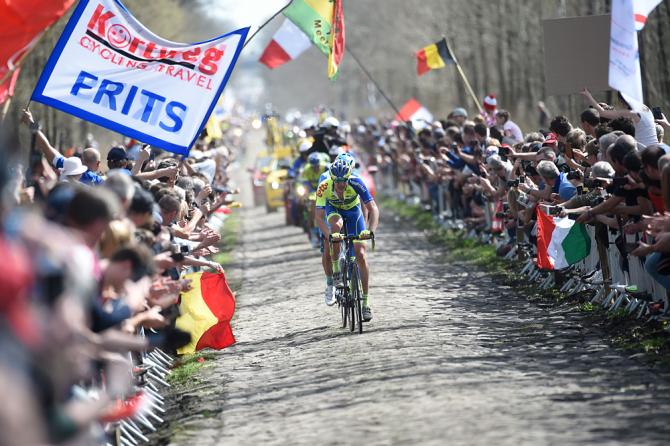
Act 2: The mountains
After the transfer south and the first rest day at the race, there's no easy transition into the Alps. Instead, riders will face a trifecta of stages, each as brutal as the last with stage finishes at Le Grand-Bornand, La Rosière-Espace San Bernardo, and Alpe d'Huez. By the end of these three stages, the GC will have firmly taken shape and the climbers will have had three opportunities to regain time either after the TTT, the cobbles, or, in some cases, both.
The first of the three Alpine stages from the picturesque location of Annecy begins with a fourth-category climb, with the Col de la Croix Fry (first cat) and then the Montée du Plateau des Glières, where there is a short dirt section, followed by the Col de Romme and the Col de la Colombière. One of the GC riders will suffer on the first two climbs coming out of the rest day – it always happens – while any further weaknesses will be exploited in the second half of the stage.
If Romain Bardet is already on the back foot, this could be the perfect terrain on which to launch a fightback. The following stage might be the shortest Alpine stage at just 108.5km but with 48km of the parcours uphill, this is nothing short of remorseless. The stage begins with an intermediate sprint, followed by 26km of climbing before two further cols and then the finish at Rosière, where Pello Bilbao won a stage at this year's Critérium du Dauphiné.
The final act of the Alpine trilogy sees the race take on a more familiar setting with the Col de la Madeleine, Croix-de-Fer and Alpe d'Huez all featuring. On paper, this is the 'queen stage' but for all the hysteria surrounding it, Alpe d'Huez is far from the most demanding climb in the Alps. Much will depend on the how Madeleine and Croix-de-Fer are raced, although with three merciless days in their legs, the bunch could have already reached breaking point.
Transition into the Rhône Valley and Massif Central
The Alps might be behind them, but there's little in the way of respite for the peloton with three transitional stages to follow. Stage 13 should end in a bunch sprint, but if the racing has been full-on through the Alps, then we could see a break decide the honours in Valence. The next two days, as the race pushes into the Massif Central with a stage to Mende – where Laurent Jalabert threatened to topple Miguel Indurain in 1995 – and to Carcassonne on stage 15, certainly suit the likes of Thomas de Gendt and Steve Cummings, who also won in Mende in 2015, but there is still enough terrain for the GC riders to test their rivals. There are no easy days at the Tour.
The pivotal Pyrenees
After another rest day, the peloton heads into the Pyrenees. The first test heads from the medieval town of Carcassonne to Bagnères-de-Luchon with three difficult climbs in the finale of a 218km day of racing. The key isn't just finding a rhythm after the rest day but dealing with the tone and tempo that differentiates the Alps from the Pyrenees, where the gradients are sharper and less constant. The descent to Luchon from the Portillon could be just as crucial as the climbs before it, with testing technical sections throughout.
The next day sees ASO's much-anticipated Formula 1-style grid starting format, with a 63km stage from Luchon to Saint-Lary-Soulan, and three mountain climbs, including the summit finish up the Col de Portet.
"It remains to be seen what's going to happen here," Southam told Cyclingnews. "Speaking to some of the bigger guys, they're pretty upset because a lot of the sliding space is lost because they're going to be starting at the back. The gruppetto is already formed, but with the TTT you could have three riders near the front already. It's uncharted territory."
Over half the stage is uphill, and the race is sure to explode with teams trying to isolate already isolated rivals from their squads. However, it's perhaps the hardest stage to predict, meaning that almost anything could happen.
The race then provides one more chance for the sprinters as the course heads to Pau before the final mountain test from Lourdes to Laruns. Although there's no summit finish, this stage could decide everything. There are six categorised climbs in total with the Aspin, Tourmalet, Soulor and Aubisque among them. The stage will be difficult to control, especially coming at the end of three weeks of attrition. If any of the climbers have anything left, though, this is their last opportunity.
The penultimate stage sees the Tour take on the first and only individual time trial of the race with a 31km test from Saint-Pée-sur-Nivelle to Espelette. The distance is unlikely to be the major factor but the profile is rolling with very little in the way of flat roads. The time gaps could be significant and could decide the final yellow jersey, along with the rest of the podium places.
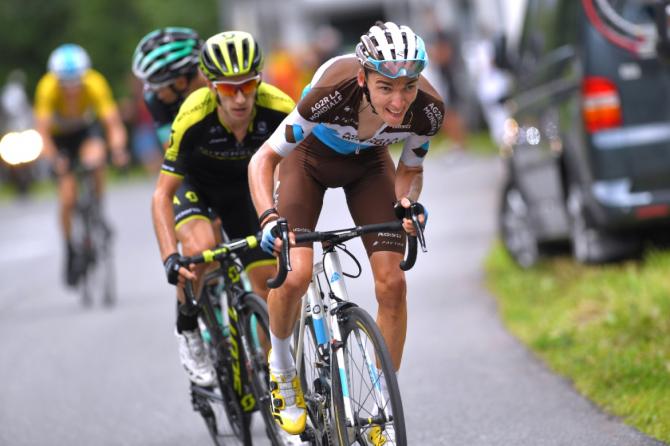
Tour contenders and main battles
Chris Froome will be hunting his fifth Tour title, and whether his participation stands the test of time due to his ongoing salbutamol case remains to be seen. He will arrive in the Vendée region with arguably the most complete squad, with Geraint Thomas, Egan Bernal and Michal Kwiatkowski around him. Team Sky are built with riders for every terrain and the main hope for Froome's rivals is that he arrives tired after his Giro exploits.
The route certainly suits Vincenzo Nibali, while Movistar's hopes are spread with three potential leaders. Adam Yates and Daniel Martin should feature heavily in the mountains, while Romain Bardet will fly the flag for France. Richie Porte has a squad full of depth and if the Australian can remain healthy and upright he could push Froome the closest.
Tom Dumoulin has gone under the radar somewhat but will be chasing yellow, too, while Jakob Fuglsang and Astana, and last year's runner-up Rigoberto Uran, should also contest the top five.
In the race for the green jersey, Peter Sagan will be looking for revenge after his disqualification from last year's race. The world champion can pinpoint a number of stage targets in the race, from Quimper to the Mûr de Bretagne, and from the cobbles at Roubaix to Mende. He - and perhaps Valverde are the most complete riders in the world, although Michael Matthews will be looking to push Sagan close as he seeks to defend his sprinter's jersey from last year.
As for the pure sprinters, Fernando Gaviria and Dylan Groenewegen lead the new wave, while Mark Cavendish, Andre Greipel and Marcel Kittel will be looking to bring their seasons back on track after mixed fortunes in recent months and weeks. Demare and Bouhanni lead French hopes, while Sonny Colbrelli and Alexander Kristoff should also be in contention for several sprints.
Get The Leadout Newsletter
The latest race content, interviews, features, reviews and expert buying guides, direct to your inbox!
Daniel Benson was the Editor in Chief at Cyclingnews.com between 2008 and 2022. Based in the UK, he joined the Cyclingnews team in 2008 as the site's first UK-based Managing Editor. In that time, he reported on over a dozen editions of the Tour de France, several World Championships, the Tour Down Under, Spring Classics, and the London 2012 Olympic Games. With the help of the excellent editorial team, he ran the coverage on Cyclingnews and has interviewed leading figures in the sport including UCI Presidents and Tour de France winners.
Latest on Cyclingnews
-
‘The human element will not be eliminated anytime soon’ - Dimitris Katsanis on 3D printing, AI, and the future of carbon fibre
Will the world's first completely 3D printed road frameset help usher in a new era of frame manufacturing? -
Tour of the Gila: Lauren Stephens, Kieran Haug seal overall victories
Robinson Lopez wins men's final stage, Frankie Hall leads Aegis sweep in Piños Altos -
Tour of Turkey: Tibor Del Grosso shows his power and talent on rising finish
Under 23 cyclocross world champion beats Giovanni Lonardi and Lander Loockx to take first road race victory -
Soudal-QuickStep opt for lowkey approach to Tour of Romandie with Remco Evenepoel
Matthew Brennan, Geraint Thomas, Stefan Kung, Lenny Martinez, Luke Plapp and Tao Geoghegan Hart all expected in Swiss stage race
